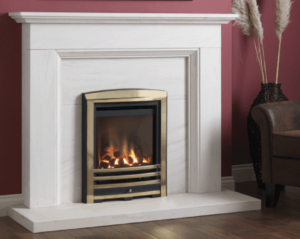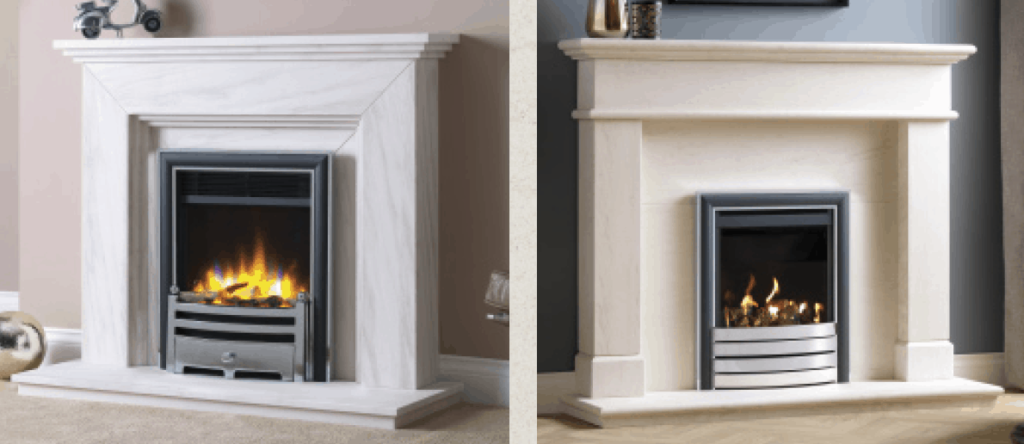How is Limestone Formed?
Years before fireplaces were invented, many millions of years before in fact, nature was busy at work creating what ultimately would become limestone. Limestone is created in two ways. With the help of living organisms and by evaporation.
Organisms, which live on the sea such as oysters, mussels and coral use calcium carbonate, which is found in seawater to make their shells and bones. When these creatures die, their shells and bones are broken down by waves and settle on the floor of the ocean. They remain there and are compacted over many millions of years. The pressure of the ocean water and the collection of the shells and bones is what creates limestone.
Limestone is also formed when water, which contains particles of calcium carbonate evaporate, and they leave behind the sediment deposit. It’s the water pressure that compacts the sediment, thus creating limestone.
 Portuguese Limestone:
Portuguese Limestone:
At Charlton & Jenrick we only use the finest limestone, sourced from Portugal. Every limestone fireplace has it’s own natural beauty and distinctive look. The veins, markings and colour shade will constantly vary and never be the same as the surround you have seen in a showroom. During production, each piece of limestone is carefully matched to create a totally unique product. These imperfections are what makes natural stone different from mass produced surrounds.
Portugal has a global reputation for refining high quality Limestone, using highly specialised extraction methods. Typically Limestone is a light cream coloured material, which as mentioned before is a result of millions of years of sediment and pressure. Portuguese limestone is often cut along the grain, which is the reason why you will see distinctive stripes in a fireplace.
Three of the most common types of Portuguese limestones are:
Moca Crema Limestone:
This type of limestone can be classified in three types; fine, medium and thick. The cut of this limestone is though the grain or vein, which is a distinctive characteristic of this type of stone. Moca Crema is less dense than other limestones, which makes it ideal for use in interior applications.
Moleanos Limestone:
Often very light cream in colour, with small shell fossils, which give it characteristic dots with dark brown tones. This type of limestone is very dense compared to Moca Crema, and is more suited to more heavy weight applications, such as pavement slabs.
Crema Fatima Limestone:
Crema Fatima is a micro-crystalline limestone. It has a clear beige and generally speaking it tends to be uniform in it’s look, sometimes there are brown coloured dots. This comes in fine and coarse grain.
.
Charlton & Jenrick Limestone Fireplaces:
Charlton & Jenrick offer two distinctive limestone fireplaces:
Portuguese Limestone – typically light in colour and cut along the grain (left image below)
Portuguese Premium Limestone – slightly darker than regular limestone, this limestone can be delicate and light (right image below)









